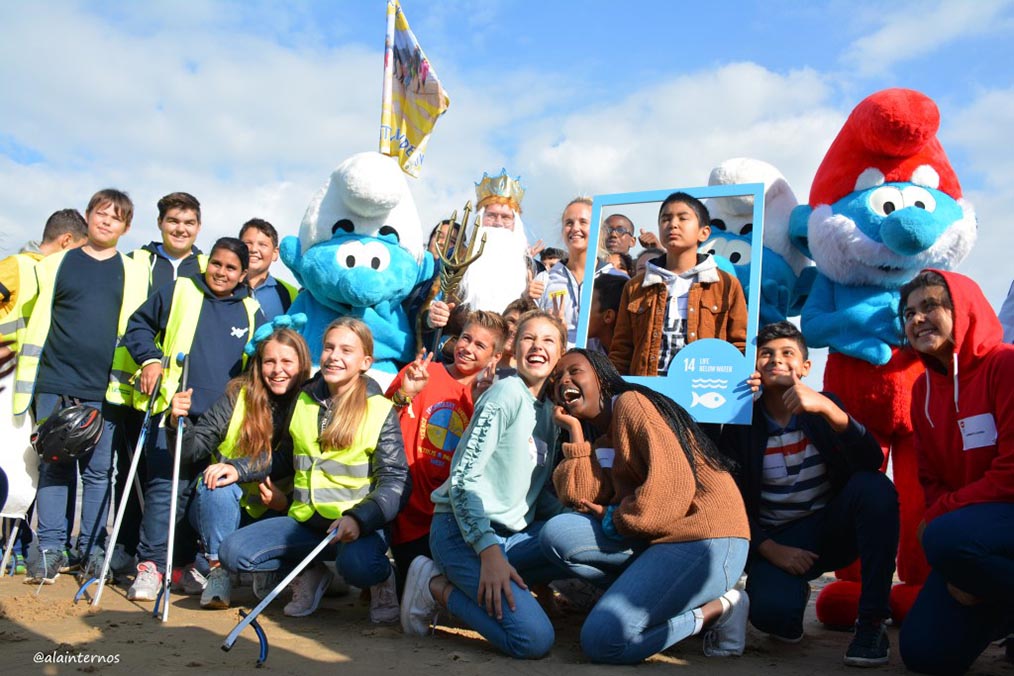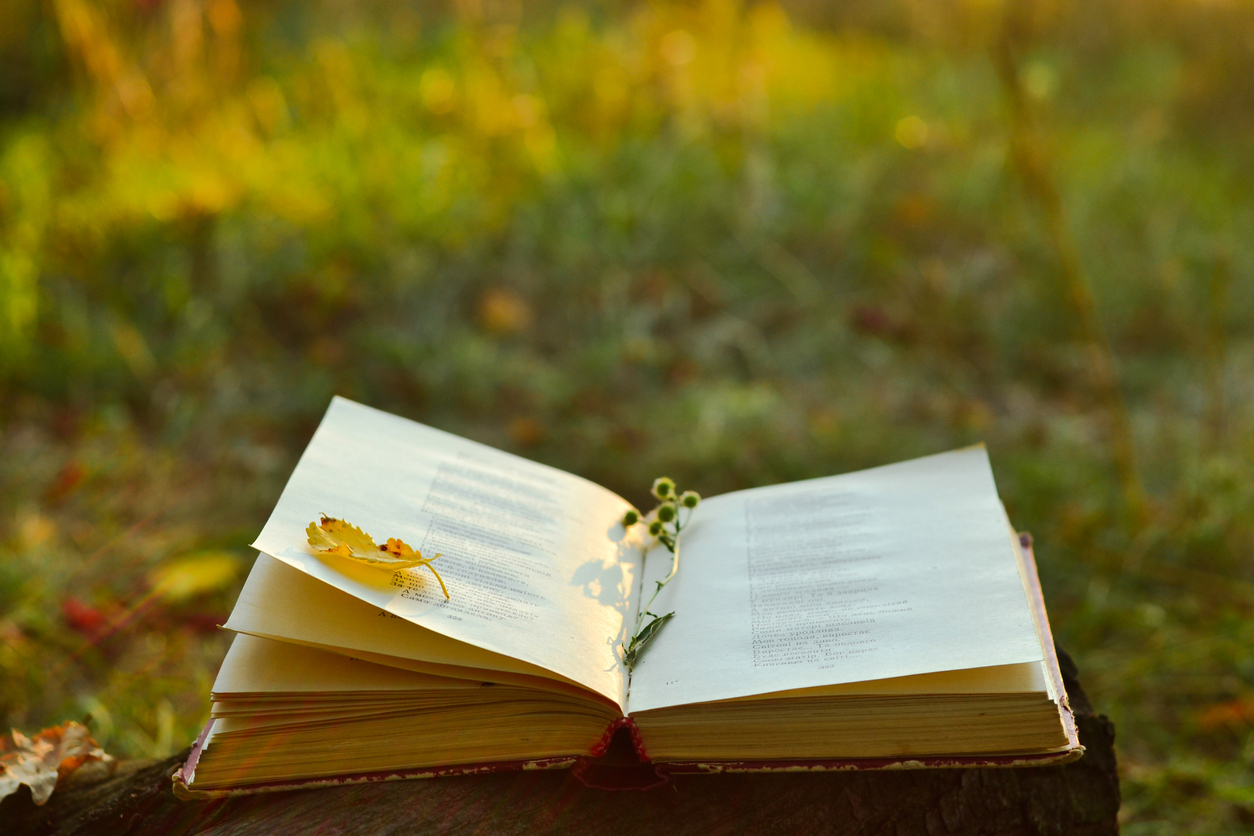Given the constant stream of negative news about the novel coronavirus pandemic, it’s easy to feel anxious and uncertain. Anxiety is also an understandable reaction, since coronavirus has made many of us change our daily routines, and threatens our sense of safety.
It can be difficult to let go of these thoughts and feelings. But, we can also try to use anxiety to develop habits that can protect our mental health.
Our brain has a capacity to change and “rewire” in response to our experiences. We call this capacity “neural plasticity”. If we have recurrent, anxious thoughts, we are establishing neural connections that make thinking anxious thoughts easier for us the next time we do so.
But we can also use anxious thoughts as triggers for engaging in activities and thoughts that help manage and reduce anxiety. In this way, we can transform anxiety into one of the first building blocks of habits that can support our wellbeing when we face challenging circumstances.
So the next time you notice anxious thoughts racing through your mind, or feel your shoulders tensing up from worry, try one of these activities to manage your anxiety – and change it into positive mental health habits in the future.
1. Practice self-care
When you feel anxious or overwhelmed, the simplest thing you can do is to just take three slow, deep breaths to calm down. Count slowly to four as you breathe in and then count slowly to five as you breathe out.
This simple exercise helps increase activation in the parasympathetic nervous system, which is associated with resting and digesting. It also reduces activity of the sympathetic nervous system, which is responsible for our fight or flight response – and is linked to anxiety.
When possible, listening to your favourite upbeat song or a brief physical exercise at home can help improve your mental health and reduce anxiety.
2. Do something relaxing
After waking up and just before your go to sleep, try to do things that are relaxing and uplifting. What you do early in the morning sets the mood for the day.
If you notice having anxious thoughts soon after waking, try to think about something positive if you can. Or, do a few mindful stretches and focus on the sensations in your body.
In the evening, try to avoid reading news or comments on social media about the virus spread extensively. Negative emotions experienced in the evening impact sleep quality. Listening to a calming podcast, practising meditation or relaxation techniques might help calm anxiety before bed.
3. Notice the small things
Reading the latest news about COVID-19 and planning all the changes to your work, childcare, or travel plans can lead to a nearly constant stream of stressful or anxious thoughts. When you notice the worry building up, try to look or listen to the things around you.
Notice flowers in your garden, clouds in the sky, or the sound of a bird outside and take a couple of minutes just to see or listen.
This simple mindfulness practice not only gives your busy mind a bit of a break, but it also may reduce activity in the midline structures of the prefrontal cortex of the brain involved in anxious rumination. As a result you may find that you start feeling less anxious.
4. Do something to help
Some people might react to anxiety with hoarding behaviours. This is perhaps reflected in the panic-buying and stockpiling of groceries in response to the coronavirus pandemic.
Others respond to anxiety with compassion, through prosocial behaviours such as helping or sharing. Prosocial behaviour can protect our wellbeing.

When feeling anxious, think about doing something positive. Maybe this is just dropping an email to your colleague or friend and asking how they’re doing.
Or perhaps you can call older relatives so that they have somebody to talk to for 10 minutes. There are many other ways to help – the main one being staying at home so that you (and others) don’t catch or spread the virus.
5. Put things into perspective
Our mind has a built-in negativity bias making us think of and remember negative events better than positive ones. From an evolutionary perspective, this was important so that we would remember not to eat certain foods that made us ill a second time, for example. But this also means that we notice and remember negative news over positive events.
Knowing this, when you feel anxious try to make a conscious effort to overcome the negativity bias. This might mean changing your perspective, and trying to remind yourself of the many positive things that have happened because of coronavirus – such as examples of kindness, or reductions in pollution. Research shows that increased hope strongly predicts decreases in anxiety.
6. Meditate or pray
Over 80% of adults in the USA identify as spiritual or religous. Spirituality and religiousness have been associated with better wellbeing, particularly because they give us a sense of purpose and meaning in life. Having a sense of purpose and meaning can also protect us against anxiety.
You can use your feelings of anxiety as a reminder to meditate or say a short prayer. Even brief regular meditations may reduce anxiety levels.
Of course, different activities might work better for different people. To get started, the next time you feel anxious make a list of a couple of activities that you know will help calm you down.
Then try to do these things the next time you feel anxious to eventually turn your negative thoughts and feelings into habits that support your mental health.
In this way you will be creating new connections in the brain that will associate anxiety with something positive instead of an endless spiral of negative thoughts and feelings.
With practice, you may find that anxiety you may have in response to the negative headlines becomes less threatening and easier to let go of.
This article is republished from The Conversation under a Creative Commons license. Read the original article. Image courtesy of iStockPhoto.com.






